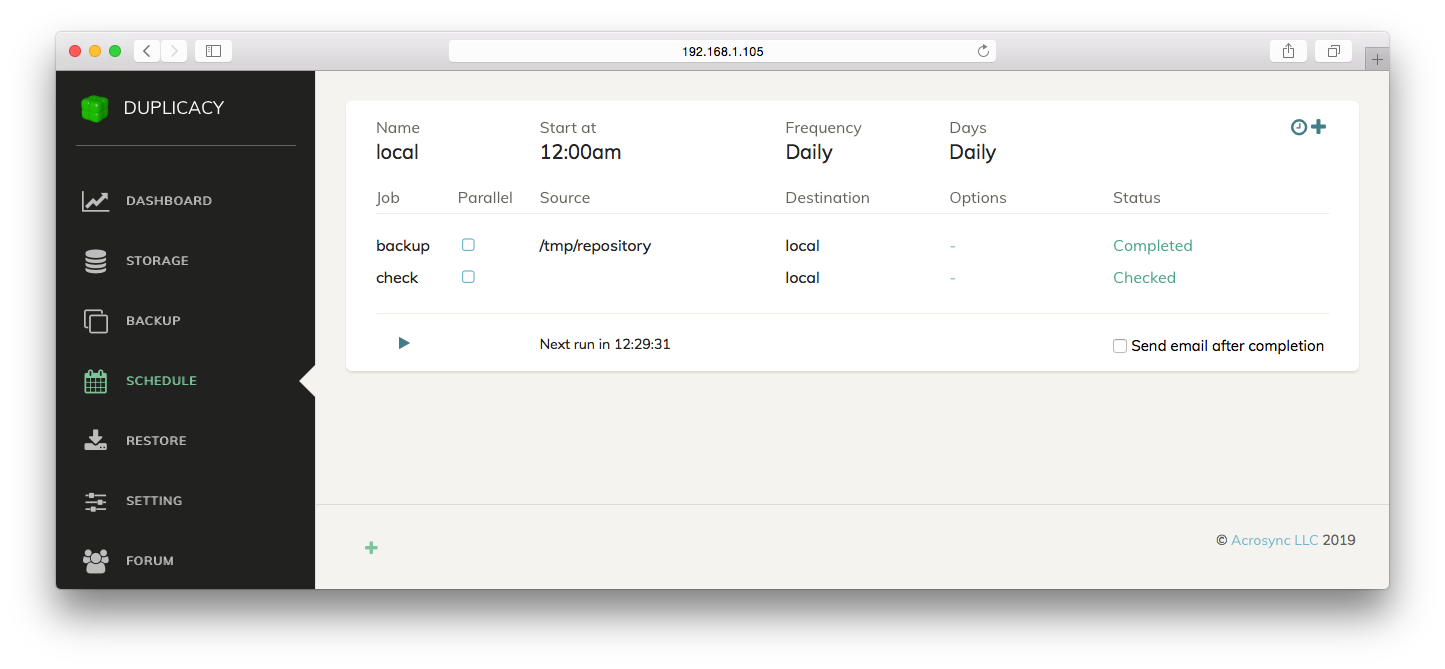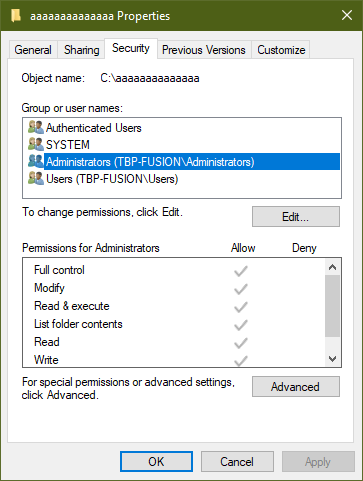
Revisions provide faster backups and conserve disk space. A revision contains the changes (additions, deletions, edits) since the last backup (sometimes referred to as Incremental or Differential backup). For example, if you want to backup your home directory, you might give it a Snapshot ID of "Home." RevisionĪfter the first backup of a repository, each subsequent backup generates a Revision. home/yourdirectory or /etc/opt) Snapshot IDĪ Snapshot ID is a unique identifier for the repository you want to backup. RepositoryĪ Repository is the location of the files that you want to backup. This approach took me a few minutes to get my head around, but now it makes perfect sense. In Duplicacy, they are explicit and uniquely configured. Again, wizard-driven backup solutions use these same concepts, but they're abstracted. To get started with Duplicacy, you first need to understand some concepts and definitions. I'll use this version for my laptop, but will use the command line version for backing up my NAS to the cloud.
Duplicacy restore software#
My experience with backup software has typically been wizard-driven: The Duplicacy web-GUI version has a lengthy free trial period, so you have plenty of time to decide if it works for you. The pricing for a personal license is a little outside the norm - not quite SaaS, not quite a one-time purchase - but I ended up getting a 5-year license for $40. That's fine with me - I'm happy to contribute to open source projects through commercial offerings. While the core Duplicacy backup engine is open source, the web-GUI version is not, nor is it free. If you're comfortable working with the command line, there is no cost for a CLI license since it's open source.


Duplicacy restore how to#
(Do you know how to recover your data, especially since your backup software was running on your now dead computer?)Īfter investigating a number of backup solutions, including TimeShift and Duplicati, I decided upon Duplicacy, mostly based upon community reviews.ĭuplicacy is developed by Acrosync. Check the integrity of your backups regularly.Have an off-site/cloud copy of your backups for redundancy.Have a local copy of your backups for quick retrieval (USB drive, NAS, etc.).

Automate your backups on a regular schedule.It doesn't matter what your preferred backup software is but, in general, I follow these basic guidelines: I also recently built a NAS system on my LAN for our family file storage, but it's not yet ready for backups, so I needed both a short term solution for my Linux laptop and a long term solution that I could use for all of our household backups. Yeah, it was overkill, but you can't put a price on data loss, especially 25 years of family photos and videos. On the Mac, I backed up locally to a 1 TB external USB 3.0 drive using Time Machine and off-site to Dropbox and Amazon S3 using Arq Backup.

Everything was backed up using Mac software, and I didn't have a plan for Linux backup.
Duplicacy restore driver#
I switched to Pop!_OS as my daily driver but I didn't yet move my files from my old MacBook Pro.


 0 kommentar(er)
0 kommentar(er)
